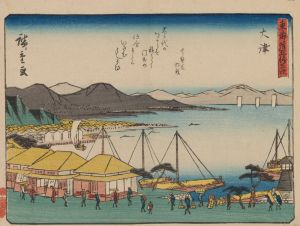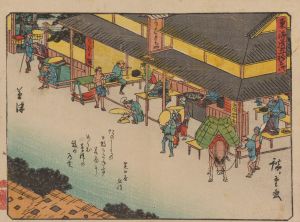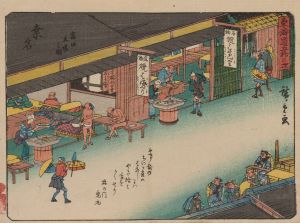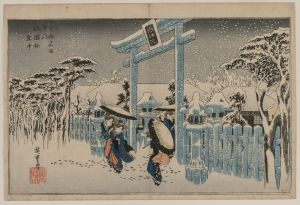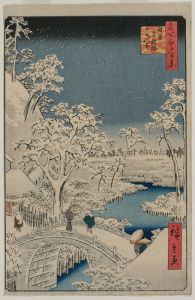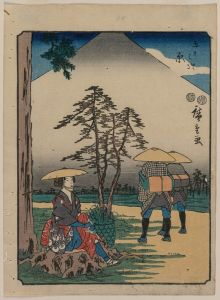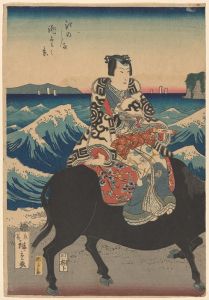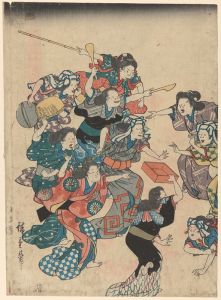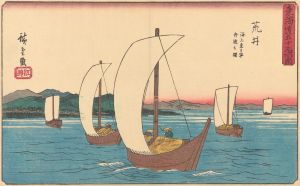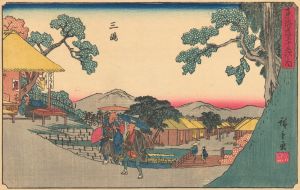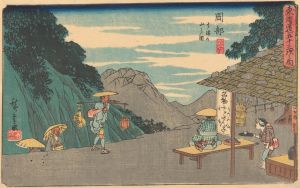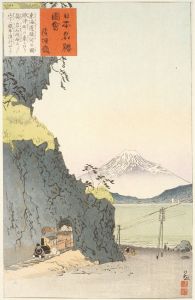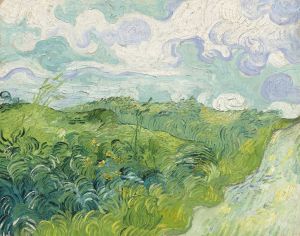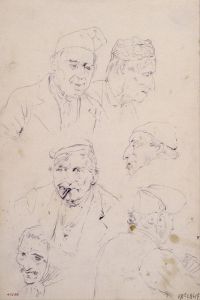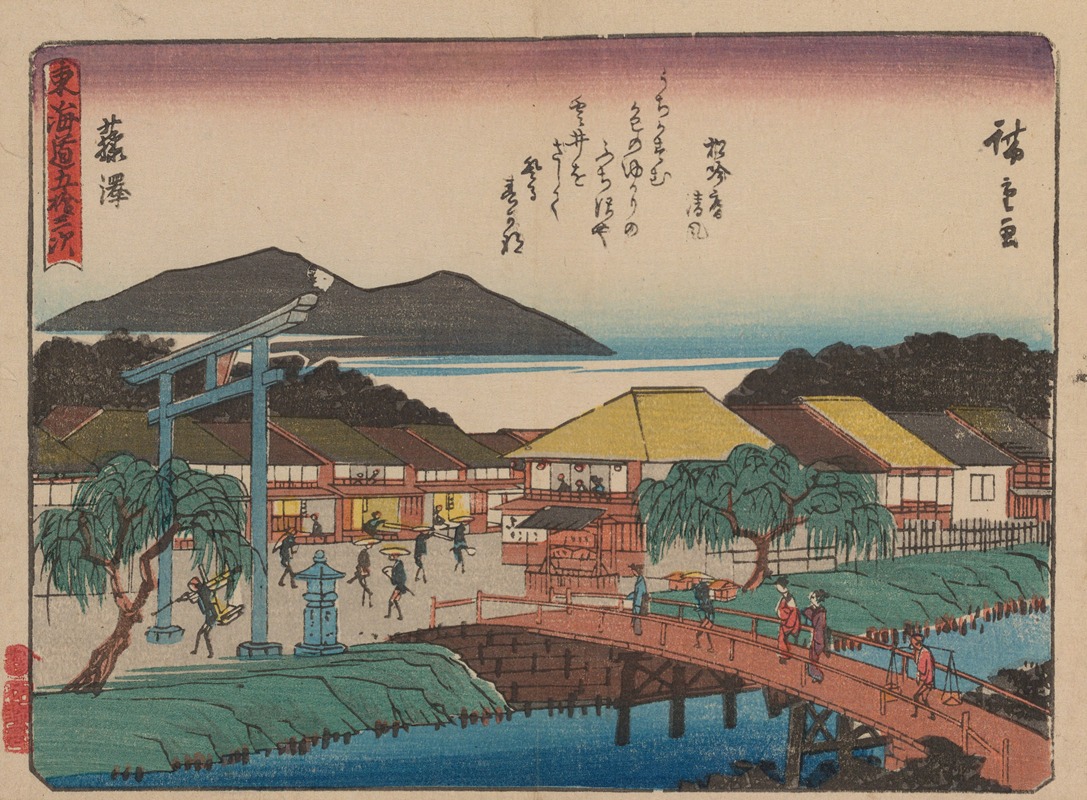
Tokaido gojusantsugi, Pl.07
A hand-painted replica of Andō Hiroshige’s masterpiece Tokaido gojusantsugi, Pl.07, meticulously crafted by professional artists to capture the true essence of the original. Each piece is created with museum-quality canvas and rare mineral pigments, carefully painted by experienced artists with delicate brushstrokes and rich, layered colors to perfectly recreate the texture of the original artwork. Unlike machine-printed reproductions, this hand-painted version brings the painting to life, infused with the artist’s emotions and skill in every stroke. Whether for personal collection or home decoration, it instantly elevates the artistic atmosphere of any space.
Tokaido gojusantsugi, Pl.07 by Andō Hiroshige
"Tokaido gojusantsugi, Pl.07" (The Fifty-Three Stations of the Tokaido, Plate 7) is a woodblock print by the renowned Japanese ukiyo-e artist Andō Hiroshige (1797–1858). This artwork is part of Hiroshige's celebrated series "The Fifty-Three Stations of the Tokaido" (Tōkaidō Gojūsan-tsugi no Uchi), which was first published in 1833–1834. The series consists of 55 prints, including one for each of the 53 post stations along the Tokaido road, as well as the starting point in Edo (modern-day Tokyo) and the endpoint in Kyoto.
The Tokaido was the most important travel route of the Edo period (1603–1868), connecting Edo, the seat of the Tokugawa shogunate, with Kyoto, the imperial capital. The road was heavily traveled by merchants, officials, and pilgrims, and the post stations along the route provided lodging, food, and other services for travelers. Hiroshige's series captures the landscapes, daily life, and cultural atmosphere of these stations, offering a vivid depiction of travel and society in Edo-period Japan.
Plate 7 specifically depicts the seventh station along the Tokaido, which is Fujisawa. Fujisawa was a bustling post town located near the Enoshima Shrine, a popular pilgrimage site dedicated to Benzaiten, the goddess of music, eloquence, and wealth. Hiroshige's print of Fujisawa typically features a composition that highlights the town's proximity to the shrine and its surrounding natural beauty. The scene often includes travelers crossing a bridge or walking along the road, with Mount Fuji or other scenic elements in the background.
Hiroshige's "The Fifty-Three Stations of the Tokaido" series is widely regarded as a masterpiece of ukiyo-e landscape art. The prints are celebrated for their innovative compositions, use of color, and ability to evoke a sense of place and atmosphere. The series was highly popular during Hiroshige's lifetime and has continued to influence artists and art movements worldwide, including the Impressionists in Europe.
As with other prints in the series, Plate 7 was created using the traditional Japanese woodblock printing technique. This involved a collaborative process in which Hiroshige designed the image, and skilled artisans carved the woodblocks and applied the pigments. The prints were then produced in multiple editions, making them accessible to a wide audience.
Today, original impressions of "Tokaido gojusantsugi, Pl.07" and other prints from the series are held in museum collections and private collections around the world. They remain an important part of Japan's cultural heritage and a testament to Hiroshige's artistic legacy.





